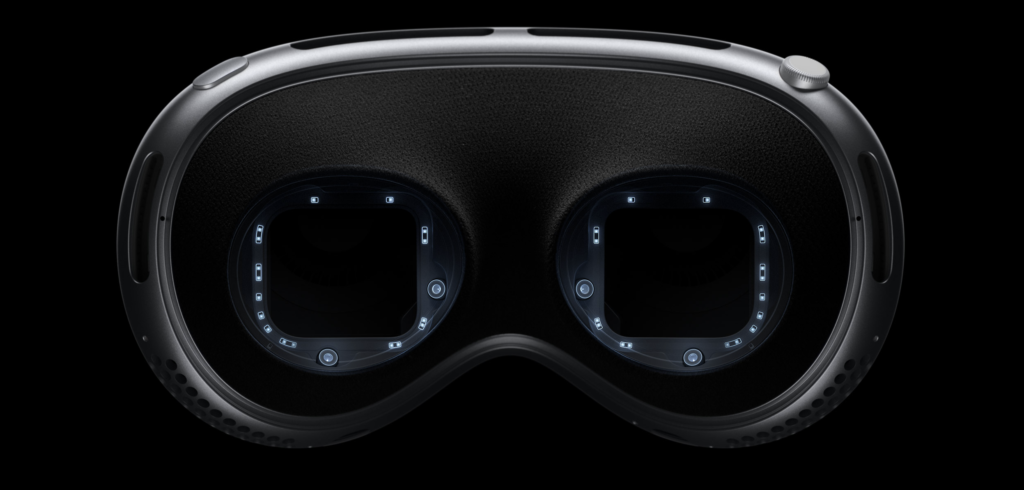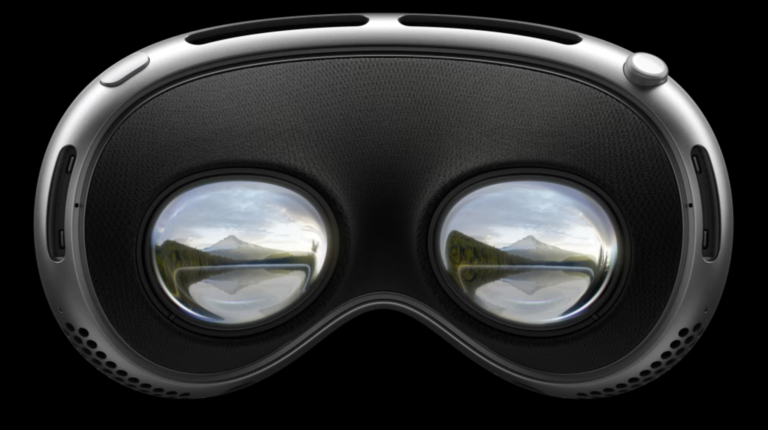Perhaps the most technology-driven solution so far, Apple’s Vision Pro has gained praise but at a price pegged at $3,500 remains an upstream battle for widespread consumer usage. Hence, what will be something all the more pocket-friendly and cost-effective version of its Vision Pro headset with normal OLED displays as per recent reports. But this move can be a strategic one to decrease the production costs and thus make it available for more users.
Table of Contents
The High Cost of Apple Vision Pro OLED displays
Right now the Apple Vision Pro is equipped with OLED micro displays, which reportedly achieve 3,400 pixels per inch (PPI). This is both key to the high-definition and immersive experiences that Apple promises. But read on to see how this significant advance is also the main cost contributor for Vision Pro.
OLED micro displays are advanced but still costly to produce because their manufacturing process is highly involved. One of the ways Apple may cut costs is by employing old-school OLED panels, such as those found in Samsung Galaxy devices.
Testing Regular OLED Panels
According to the sources, this time around, Apple has been testing OLED panels with 1,500 PPI pixel density which is considerably lower compared to existing 3,400 PPI at maximum. And while that would bring production costs down, it might also mean a loss of display quality. Less pixel density could mean less crisp visuals, which in turn may make the user experience a step behind Vision Pro’s original high end performance.
South Korean manufacturer of displays JDI, presumably engaged in testing the Apple regular OLED panels. Second, Samsung itself is working on similar panels and if Apple’s thinking about breaking away from its main display manufacturer to ensure as many screens are produced speedily and at the lowest cost possible (aside from an unlikely scenario where it brings all this production in-house like Google did with RF chips), diversifying its manufacturing chain will be a must.

Advantages and Drawbacks of Regular OLED Displays
Naturally, there are some benefits when going back to traditional OLED panels. Theses units would be less heavy, and cheaper to manufacture along with a price-reduction target in line with Apple’s wishes for its next-gen headsets. It might also allow for a more comfortable experience with the hardware over time since it wouldn’t add nearly as much weight to the user’s head.
But traditional OLED displays do have their problems. Over the years, one of these most popular display defects has been “Mura,” which refers to visual distortion that can sometimes result in inconsistent brightness throughout a screen. This is something we’ve seen before in headsets like PlayStation VR2, which also has traditional OLED panels. That could ruin the immersive nature of what Apple looks to provide.
Lowering the Price Tag
The adoption of regular OLED displays is part of Apple’s larger plan for the budget-version Apple Vision Pro. Internally, Apple has a price target of $1,500 to $2,000 for next-gen version. This pricing tier could draw in more customers, especially the move-shy who have been scare away by today’s top-dollar costs.
By bringing the cost down without sacrificing as much in performance, Apple would also be better set to stay ahead of everyone else when it comes to mixed-reality computing. This cheaper version is rumoured to go on sale in 2025, giving the company a leg up against competitors like Magic Leap.
Sum up on Apple Vision Pro OLED Displays
In conclusion, Apple could unlock an entire new world of gaming, education, and professional software. Additionally, it could make its mixed reality ecosystem more appealing to developers and create a new world of software for users. In summary, Apple’s switch to basic OLED panels for its next generation of Vision Pro headsets could be a game-changer for the mixed-reality market. It reduces the price of manufacture while remaining competitive in terms of grade with the Apple Vision Pro.
Apple can make it more available and sell its pioneering technology to a broader audience. There’s no doubt that as Apple keeps seeing how low it can push the Vision Pro’s price while yet guaranteeing maximum performance, the mixed reality sector will become cheaper and more competitive. All that remains now is to wait for Apple’s launch of this more accessible version of the Apple Vision Pro in 2025.

